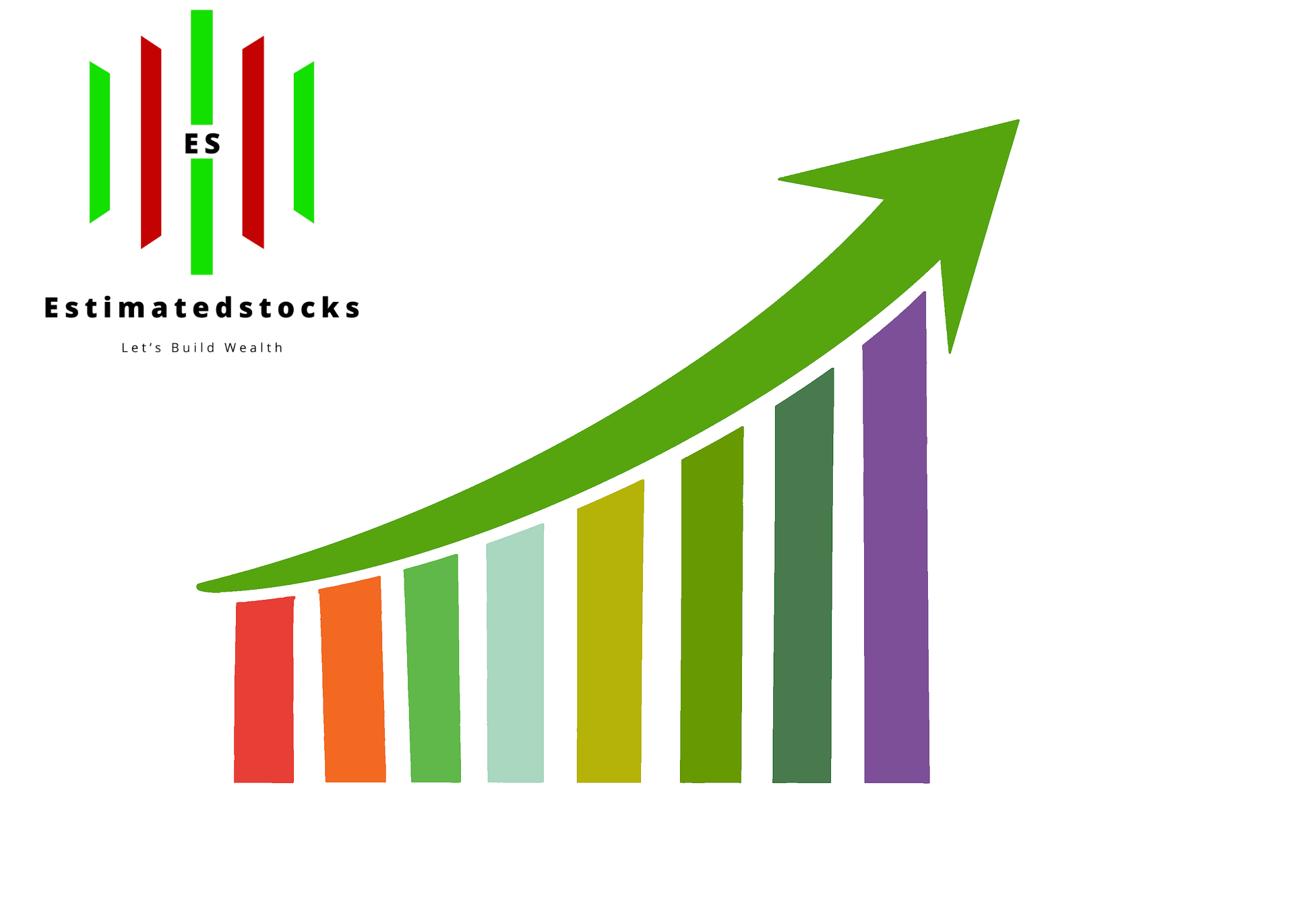US yield curve reverses as soft labor data fuels rate cut bets. Investors watch the Fed’s next move, anticipating a possible shift toward a more accommodative stance amid weakening economic conditions
US Yield Curve Shifts as Softer Labor Data Fuels Expectations of Rate Cuts
A significant shift occurred in the US Treasury yield curve, as two-year Treasury yields briefly fell below those of 10-year Treasuries. This movement, known as a disinversion, was sparked by unexpectedly soft labor-market data, which has heightened market expectations of potential rate cuts by the Federal Reserve. The labor data, coupled with growing concerns about the economy’s strength, has amplified the possibility that the central bank may pivot toward a more accommodative monetary policy in the near future.
The market reaction was swift, with shorter-maturity government bonds leading the gains. Yields on these shorter-term Treasuries are more sensitive to changes in monetary policy, making them a key indicator of how investors are interpreting signals from the Federal Reserve. The data showed a sharp drop in US job openings for July, reaching the lowest level since early 2021. This was seen as a sign of weakening demand in the labor market, further strengthening the case for future interest rate cuts.
Market Sentiment and Yield Curve Dynamics
The yield curve—specifically the difference between the yields of short-term and long-term Treasury notes—has long been viewed as a barometer for market expectations of economic growth, inflation, and future interest rates. Normally, short-term yields are lower than long-term yields, as investors typically demand higher returns for locking their money up over a longer period. However, an inversion of the yield curve, where short-term yields rise above long-term yields, is often interpreted as a signal of a potential economic slowdown or recession.
The recent disinversion, where the two-year Treasury yield briefly fell below the 10-year Treasury yield, is noteworthy because it signals that investors are increasingly betting on rate cuts. This marks a reversal from recent months when the yield curve had been inverted, indicating that markets were expecting higher rates due to inflationary pressures and a strong economy. The shift in sentiment suggests that traders are now anticipating a potential easing of monetary policy as the economy shows signs of cooling.
Labor Data as a Catalyst for Policy Shifts
The labor market data that triggered this move has become a crucial factor in shaping market expectations. The sharp decline in job openings points to a potential softening of labor demand, which could be an early indicator of broader economic slowing. While unemployment rates remain low, a reduction in job openings suggests that businesses may be becoming more cautious in hiring, potentially due to concerns about future growth prospects.
This labor market softness is significant because the Federal Reserve has closely monitored employment trends as part of its decision-making process on interest rates. In recent months, the Fed has been focused on taming inflation through aggressive rate hikes, but weaker labor data could prompt a shift in this approach. A cooling labor market may indicate that the economy is responding to tighter monetary conditions, reducing the need for further rate hikes and potentially opening the door to future rate cuts.
Traders Bet on Rate Cuts
The disinversion of the yield curve reflects a broader market sentiment that the Federal Reserve may need to take a more dovish stance in response to the changing economic landscape. Traders are building up positions in anticipation of a significant rate cut, possibly as soon as the upcoming Federal Reserve meeting. Expectations of a large rate reduction are based on the belief that the central bank will prioritize supporting economic growth over containing inflation, especially if further data continues to point to a weakening labor market.
While it remains uncertain how the Federal Reserve will respond, the shift in market sentiment highlights the growing belief that aggressive rate cuts could be on the horizon. Investors are now pricing in a more accommodative monetary stance, as concerns about economic growth and labor market strength begin to outweigh inflationary pressures.
Broader Economic Implications
The implications of a potential rate cut extend beyond the bond market. Lower interest rates would likely have a ripple effect across various asset classes, including equities and real estate, as borrowing costs would decrease and liquidity conditions would ease. In addition, a more dovish Federal Reserve could provide a boost to consumer and business confidence, potentially stabilizing the economy in the face of slowing growth.
However, the risks of such a shift should not be overlooked. While lower rates could stimulate growth, they may also reignite inflationary pressures, particularly if supply-side constraints persist. The balance between supporting economic growth and keeping inflation in check will be a key challenge for the central bank moving forward.
Independent Analysis & No Investment Advice EstimatedStocks AB is an independent financial research platform. This publication is ...
Author
Shaik K is an expert in financial markets, a seasoned trader, and investor with over two decades of experience. As the CEO of a leading fintech company, he has a proven track record in financial products research and developing technology-driven solutions. His extensive knowledge of market dynamics and innovative strategies positions him at the forefront of the fintech industry, driving growth and innovation in financial services.


